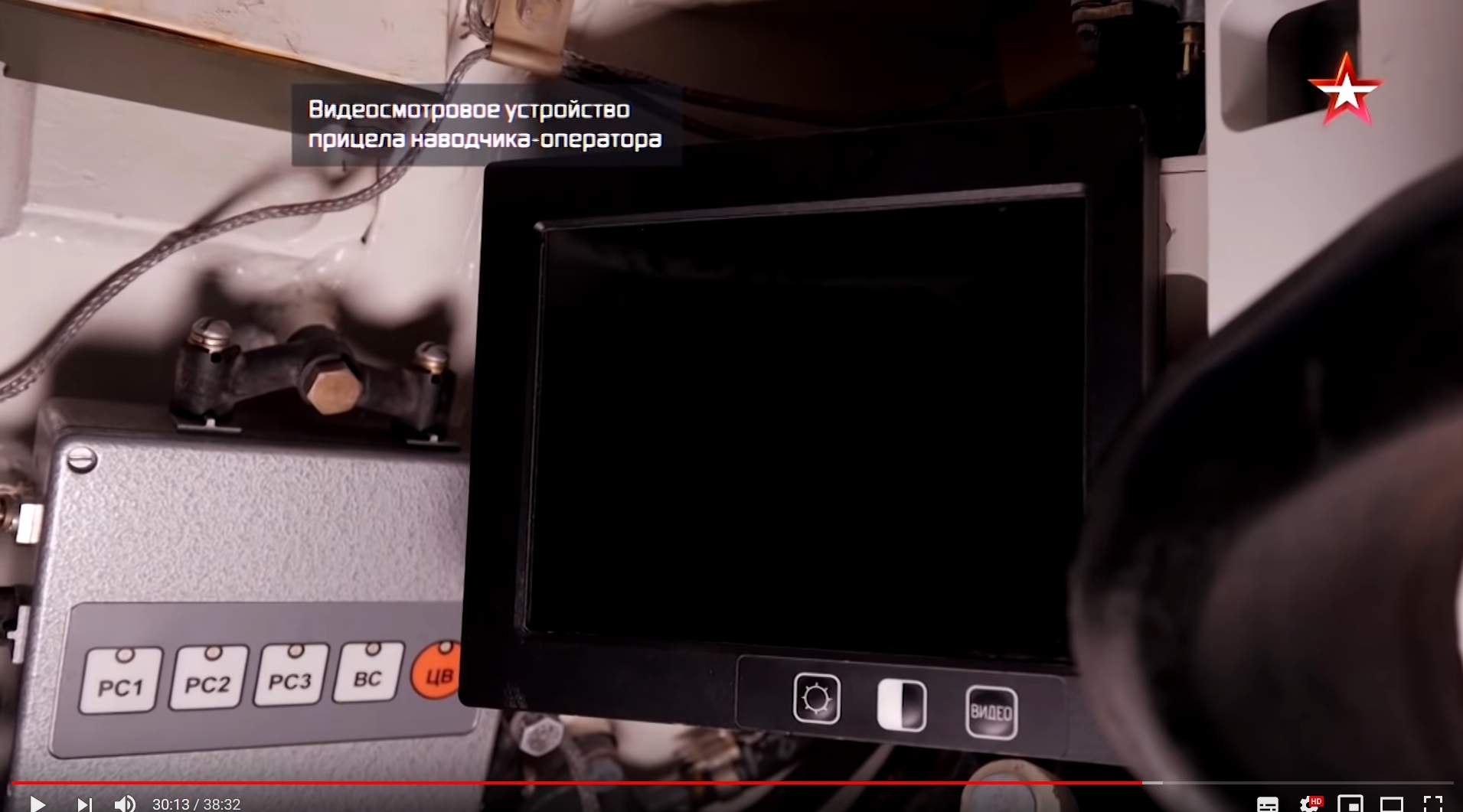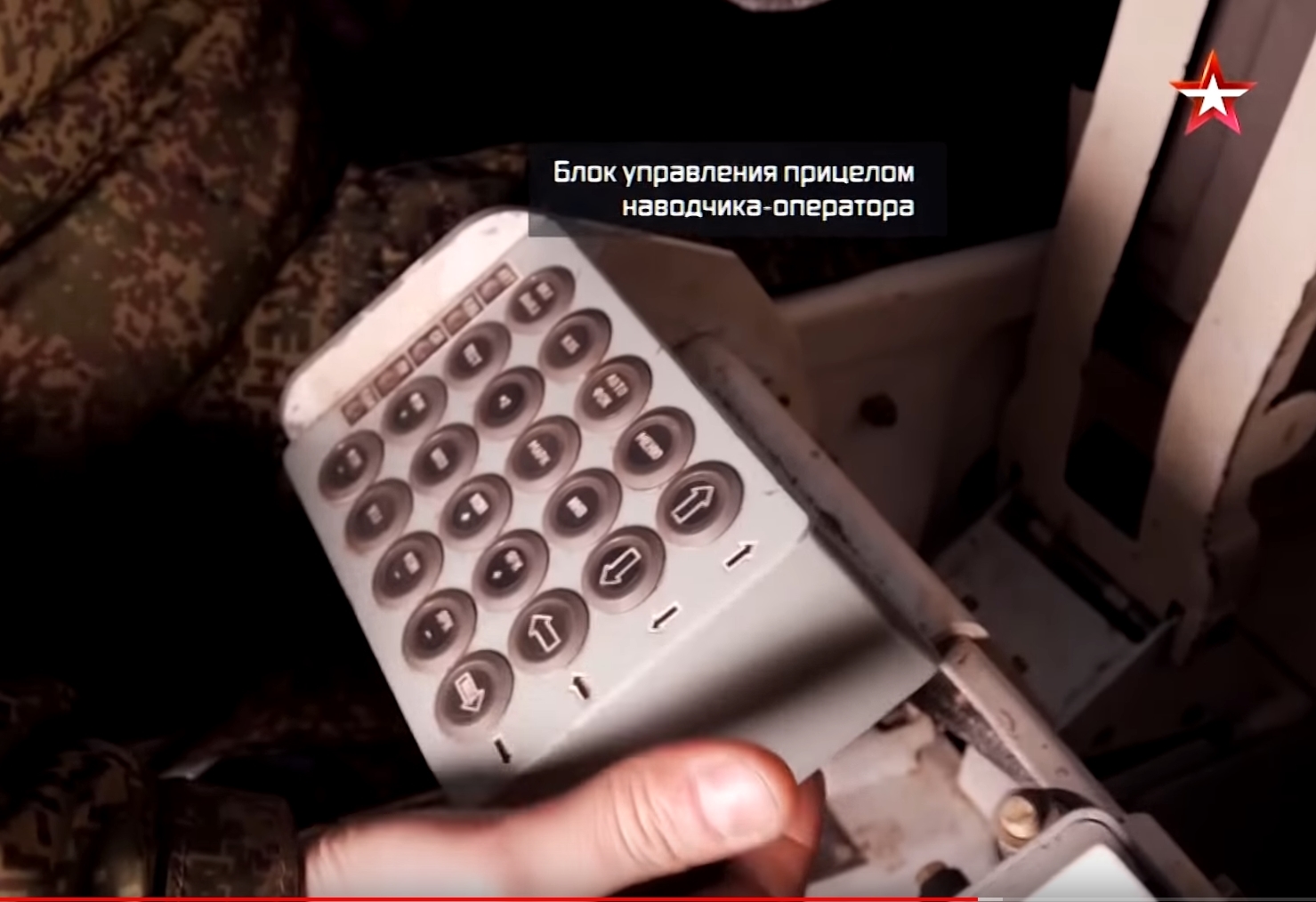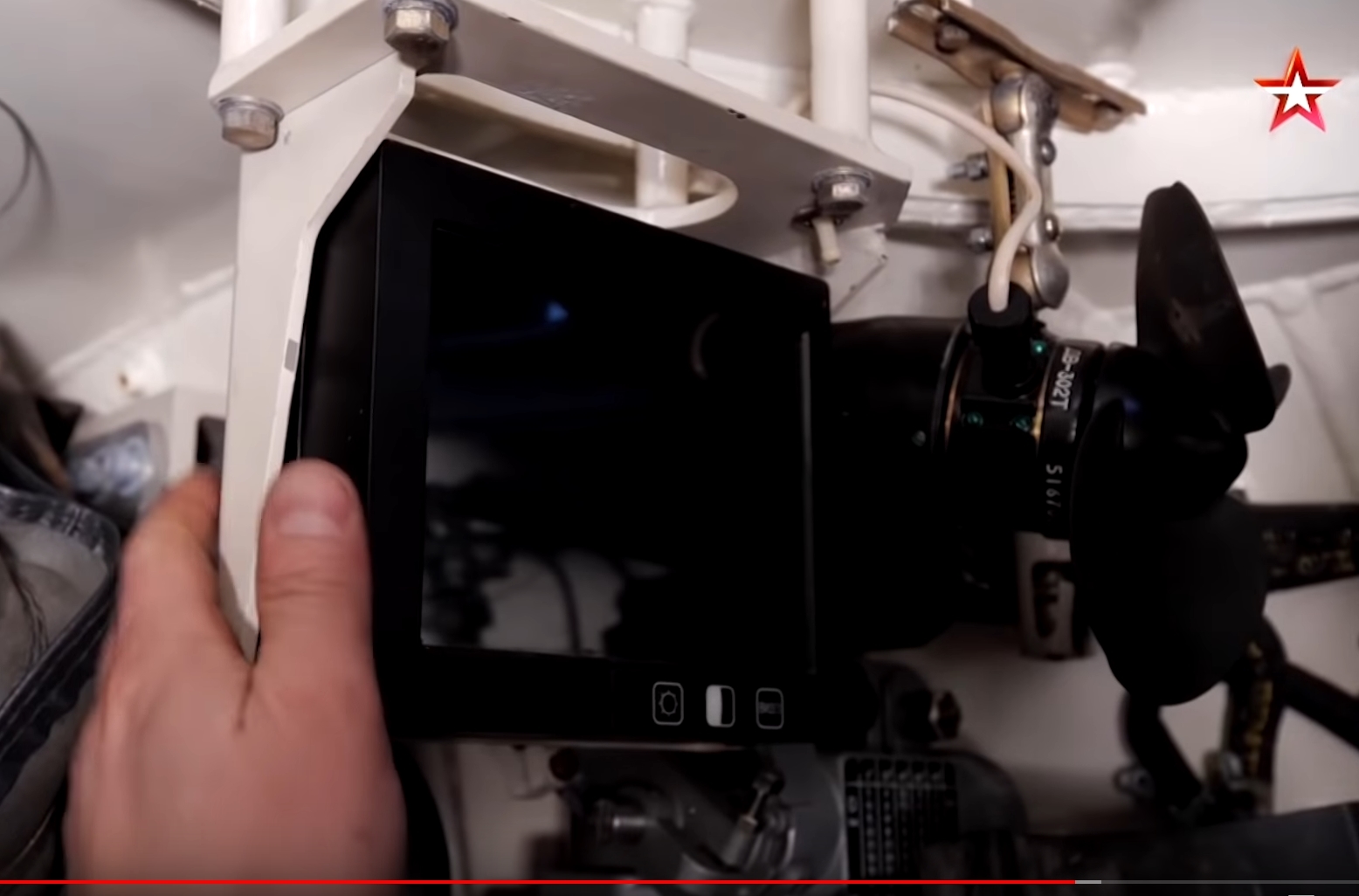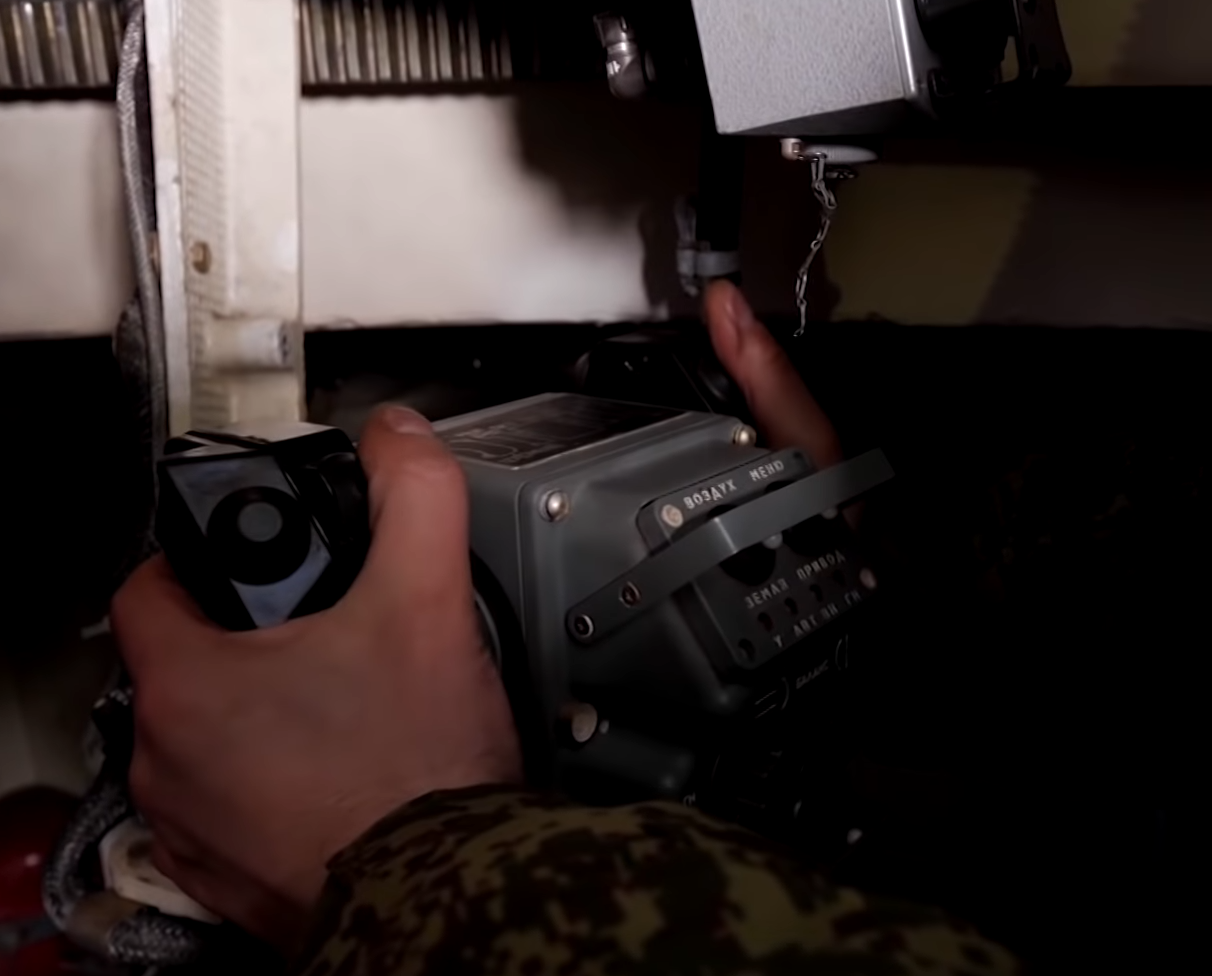Just a quick question what was the reasoning for soviets developing the 73mm grom gun for bmp-1 while they were already using the 76mm gun on the PT-76?
I would turn that around and ask what real practical advantage does standardising calibres for different weapons achieve?
I mean a 122mm tank gun/artillery piece and a 125mm tank gun, not to mention the 120mm mortar and indeed the 122mm Grad rocket.
The 122mm round of the D-30 and 2S1 is not compatible with the 122mm round of the IS-3, and the Grad rocket can't be fired by either gun as well.
Imagine it is WWII and you have some accountant called up for service and he gets a call for 7.62mm small arms ammo... now does he send 7.62x38mm rounds for Nagant Revolvers, or 7.62x54mm rimmed cartridges for MGs and rifles... or does he risk sending 7.62x25mm rounds for TT-33 pistols and SMGs?
If the unit is armed with Mosin rifles and DP28 LMGs and Maxim Machineguns they wont want 7.62x25mmm ammo as only the officers pistols can use it, but then if the unit has mostly PPSh-41s then 7.62x54mm R rounds are not so useful either.
Of course with small arms the same machine that makes machine gun barrels can make rifle barrels and SMG barrels and pistol barrels too... indeed in the immediate post war period they could also make SKS carbine barrels and AK assault rifle barrels and RPD LMG barrels too.. all the same .311 calibre.
The 73mm gun on the BMP was intended to penetrate enemy tanks within about 600m, which no 76.2mm gun of the time or since could be relied upon to do.
Both have similar penetration and the 76mm has a little more range. I know that spg-9 uses same calibre and similar rounds but effectively they already had a turret on the pt-76 and the pt-76 wasn't getting decommissioned anytime soon.
The 73mm gun was a cheap recoilless rifle type weapon but closed off for firing from a turret, except it was a simple smoothbore weapon... it was pretty much a super RPG-7 to fill the gap created by the minimum effective range of the AT-3.
When the AT-4/5 launcher was adopted, the 73mm gun became redundant in terms of anti armour performance, but by then they realised that direct fire HE rounds bigger than 30mm cannon shells were useful against some targets.... and by then a HE rocket had been developed and deployed.
Note from the first production the BMP-1 had a button to load HE rounds but they weren't issued for a long time.
The Russians developed a BTR with a 85mm gun and the Cuban's have even mounted a T-55 turret on a BTR-60. So 57mm would be no problem. (I posted pics of the Cuban BTR on this forum Cuba section)
Tank armour overtook medium sized gun capacity very quickly... leading to the adoption of missiles to replace them.
The Soviets learned that HE fire power was useful for an IFV so they kept the 73mm gun and replaced it with a rifled 100mm gun... not the rifling is key...
The 73mm gun of the BMP-1 and 125mm gun of their tanks are smoothbore because their primary rounds are HEAT and APFSDS that don't like to be spinning, so that means they are primarily for anti armour use.
the rifled barrel of the 100mm BMP-3 gun is because its primary round is a HE shell that benefits from spinning.... the other round is a missile with fins and slip rings so it does not spin so its HEAT warhead has full effect on target...
The 85mm gun on the BTR was an anti tank gun... like the airborne ASU-85... it became obsolete, because even in rear areas tank armour is too thick to be reliably penetrated by such a low power gun.
A lot pressure gun like the 100mm BMP gun means good calibre for good penetration for its guided missile round but also a nice compact short stubby round to deliver a heavy HE projectile at a sedate pace with not too much recoil and just enough range... early rounds 4km, later rounds 7km.
An 85mm gun would have a much larger shell case but a lighter projectile so in comparison against targets within 7km the 100mm round might take several seconds longer to arrive but will make a bigger bang and be more effective when it does arrive and its calibre is large enough for a practical guided missile to be used, while 85mm would be too narrow.
There isnt much difference between bmp -1 and bmp-2 in armour and remember it's a mix between armour mobility and speed something too heavy and it's becomes slower the made objectives is to transport troops under armour to protect against shrapnel and small arms and provide some fire support.
The original idea was that it was WWIII and everything is radioactive so you stay in the vehicle and it rolls up to the enemy position and you stay on board to fight... they quickly worked out the flaws in that plan and realised that a better use is to deliver troops to near the front line... a few kms short and have the IFV withdraw a bit and offer fire support for the tanks and troops as they moved forwards into the enemy positions... in this case the BMP-3 could do what western IFVs and western tanks do... offer auto cannon fire and heavy HE support, but by using the 30mm cannon and 100mm rifled gun it is able to fully support the troops, so the tanks can concentrate on enemy armour if present as well as supporting the troops advance with accurate direct fire heavy HE rounds.
If the enemy has no armour you could even operate some IFVs and tanks together as a mobile force that could then attack from a flank on the enemy position with the other IFVs supporting the infantry attack from a few kms back.
Still not massively different in terms of creating a new calibre and gun. The 76mm would have done the job.
The requirement was for frontal penetration of the enemy MBT of the day out to about 800m... which would have been an M60 tank... I doubt the 76.2mm or 85mm would have coped with the job.
In practical terms if an M60 appeared at 300m out to 3km they would have used the AT-3 to engage it, so the 73mm gun would really only have been used out to perhaps 500m against enemy armour and perhaps 3 times that range against troops with HE rounds.
And chassis can still be useful and bmp-1 chassis is still perfectly useful while grom has largely seen criticism.
It was useful enough to justify a large calibre replacement despite no longer being necessary... AT-4 and AT-5 missiles made it largely obsolescent in its primary role, but its secondary usefulness made a replacement necessary.
Note next gen IFVs with 57mm guns and missiles will be a half way house where the 57mm gun wont have the HE power of the 100mm rounds, but will have much better anti armour effect than 30mm shells, and with airburst rounds and guided rounds will be rather more useful than the 30/100 combo.
I would say the cheapest upgrade for the BMP-1 would be ATGM launch platform... a range of missiles... Metis-M1 for very short range engagements, plus Kornet for longer range use... the former cheap and small and light, while the latter is heavy but much longer range and better performance over much greater distances.
Whats more BMP-3M also is not perfect support vehicle due to insufficient RPG/ AGTM protection.
Add ERA to reduce the effect of any spillage, but an APS like ARENA-2 would pretty much make ATGMs and RPGs ineffectual most of the time...
I did ask the reasons why they didn't use 76mm as it was already in service
They didn't use the existing 76.2mm gun because it was not suitable for a troop transport vehicle and could not be fitted to a one man turret as used in the BMP-1.
They went through a lot of designs including wheeled and mixed half track and fully tracked designs when evaluating the BMP-1... half tracks deemed too expensive and reduced mobility over fully tracked vehicles.
They even had a model armed with an automatic cannon, but it had no way of defending itself from enemy tanks inside the 300m minimum range of the AT-3 so it was rejected in favour of the 73mm gun, which was just a low pressure rocket launcher with the rear end blocked off.
In fact for the BMP-2 there was a higher pressure larger calibre 85mm weapon similar in concept to the old 73mm weapon, but the new AT-4 and AT-5 ATGMs rendered the need to penetrate MBT armour at close range unnecessary, so they went with a 30mm cannon.
During operational experience it was found that direct fire larger calibre HE was actually useful against some target types, while the 30mm autocannon was also found to be useful (but generated lots of fumes in the turret when fired at the top rate).
The solution was a 100mm gun with a very useful HE round, and the 2A72 30mm cannon with a longer recoil stroke and lower rate of fire leading to elimination of the fumes problem in the BMP-3.













